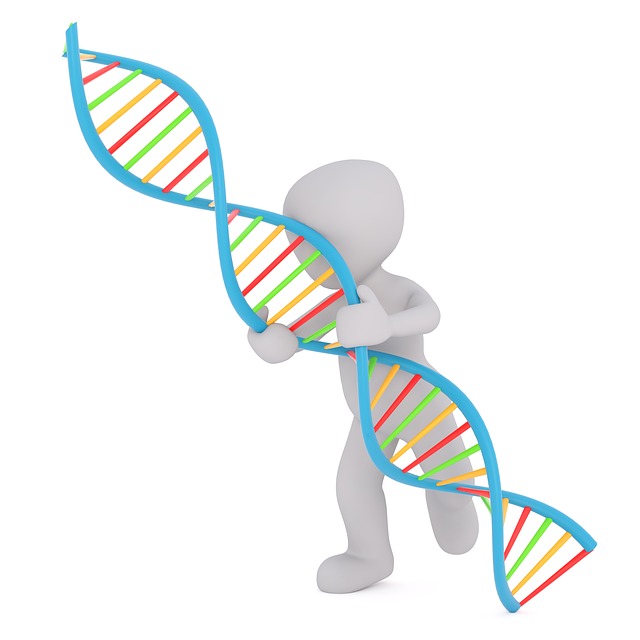Stem cells have the ability to develop into many different types of cells in the body. They serve as a repair system for the body and can be found in both embryonic and adult stages.

The most common way to harvest stem cells is by temporarily removing blood from the body, separating out the stem cells, and then returning the blood to the body. To boost the number of stem cells in the blood, medicine that stimulates their production will be given about 4 days beforehand.
Where Stem Cells are Found
Stem cells live in the bone marrow, where they divide to make new blood cells. Once blood cells mature, they leave the bone marrow and enter the bloodstream. A small number of stem cells also get into the bloodstream.
The term ‘stem cell’ was first used in the context of two major embryological questions of that time: the continuity of the germ-plasm and the origin of the hematopoietic system. Theodor Boveri and Valentin Häcker used the term stem cell to describe cells committed to give rise to the germline.
3 Types of Stem Cells
Researchers study many different types of stem cells. The two main categories are pluripotent stem cells and nonembryonic or somatic stem cells.
There are four main types of adult stem cells: hematopoietic stem cells (blood stem cells), mesenchymal stem cells, neural stem cells, and epithelial stem cells. Each type of stem cell has the ability to give rise to different kinds of cells, which is why they are so important in regenerative medicine.
Who creates stem cells?
These stem cells come from embryos that are 3 to 5 days old. At this stage, an embryo is called a blastocyst and has about 150 cells. These are pluripotent (ploo-RIP-uh-tunt) stem cells, meaning they can divide into more stem cells or can become any type of cell in the body.
Cruciferous vegetables like cauliflower, broccoli, kale, cabbage, bok choy, garden cress, and Brussels sprouts are some of the best foods for stem cell growth. These veggies are rich in sulforaphane, a compound that boosts enzymes in the liver that combat harmful contaminants we may ingest.
Why are stem cells illegal?
When stem cells are obtained from living human embryos, the harvesting of these cells necessitates the destruction of the embryos. This is controversial in the U.S.
Bone marrow is one of the most important sources of stem cells in the human body. For many years, it was thought to be the best source of these cells. However, recent advances have shown that other tissues, such as cord blood, may be better sources of stem cells.
What can stem cells cure?
- Anemias (Aplastic Anemia, Congenital Dyserythropoietic Anemia, Paroxysmal Nocturnal Hemoglobinuria, and Fanconi Anemia)
- Blood disorders or inherited red cell abnormalities (Blackfan-Diamond Anemia, Beta Thalassemia Major, Pure Red Cell Aplasia, and Sickle Cell Disease)
Yes, you can now be assured of getting superior quality stem cell treatment in India. You can have your name mentioned in the list of people who got successfully treated through stem cell therapy.
What is another name for stem cells?
You may hear the term “mesenchymal stem cell” or MSC to refer to cells that are isolated from stroma. Stroma is the connective tissue that surrounds other tissues and organs. Many scientists prefer to call these cells “stromal cells.”.
Estimates of the number of blood stem cells in a healthy adult person vary, with a recent paper reporting a range of 50,000-200,000. Additionally, cell identity can be difficult to determine, as there are gray areas where it is unclear whether a given cell is a stem cell or another similar cell type, such as a progenitor cell.
How can I increase stem cells naturally?
- Intermittent Fasting and Caloric Restriction Increases Stem Cell Proliferation
- Reduce Triglycerides (TGs) .
- Exercise Boosts Stem Cell Activity
- Reduce Sugar Consumption
- Support Healthy Inflammation Pathways
- Stem Cell Supplementation
- Reduce Alcohol Consumption.
For example, a stem cell that comes from the liver will only make more liver cells. The second type is induced pluripotent stem cells. These are adult stem cells that have been changed in a lab to be more like embryonic stem cells. Scientists first reported that human stem cells could be changed in this way in 2006.
What is the main type of stem cell?
There are two different types of stem cells: embryonic stem cells and adult stem cells.
The stem of a plant is the part that grows above the ground and supports the buds and leaves. The stem of a flower is the part that supports the petals. The bow of a ship is the part that points forward and cuts through the water.
Is a zygote a stem cell?
The term “stem cell” does not belong to the zygote because a zygote is not totipotent. Zygote has no ability for self-renewal, which is one of the two basic features of stem cells.
There are two types of bone marrow: red and yellow. Red bone marrow contains blood stem cells that can become red blood cells, white blood cells, or platelets. Yellow bone marrow is made mostly of fat and contains stem cells that can become cartilage, fat, or bone cells.
What are blood stem cells called?
Hematopoietic stem cells are found in the peripheral blood and bone marrow. They help create all of the different types of blood cells in your body.
What are the uses of stem cells Class 10?
- Heart disease.
- Type 1 diabetes.
- Spinal cord injury.
- Alzheimer’s disease.
- Rheumatoid Arthritis.
Which stem cell is most useful and why?
Embryonic stem cells are amazing because they can turn into any type of cell in the body. This makes them really valuable for studying how the body works and for testing new treatments for diseases.
